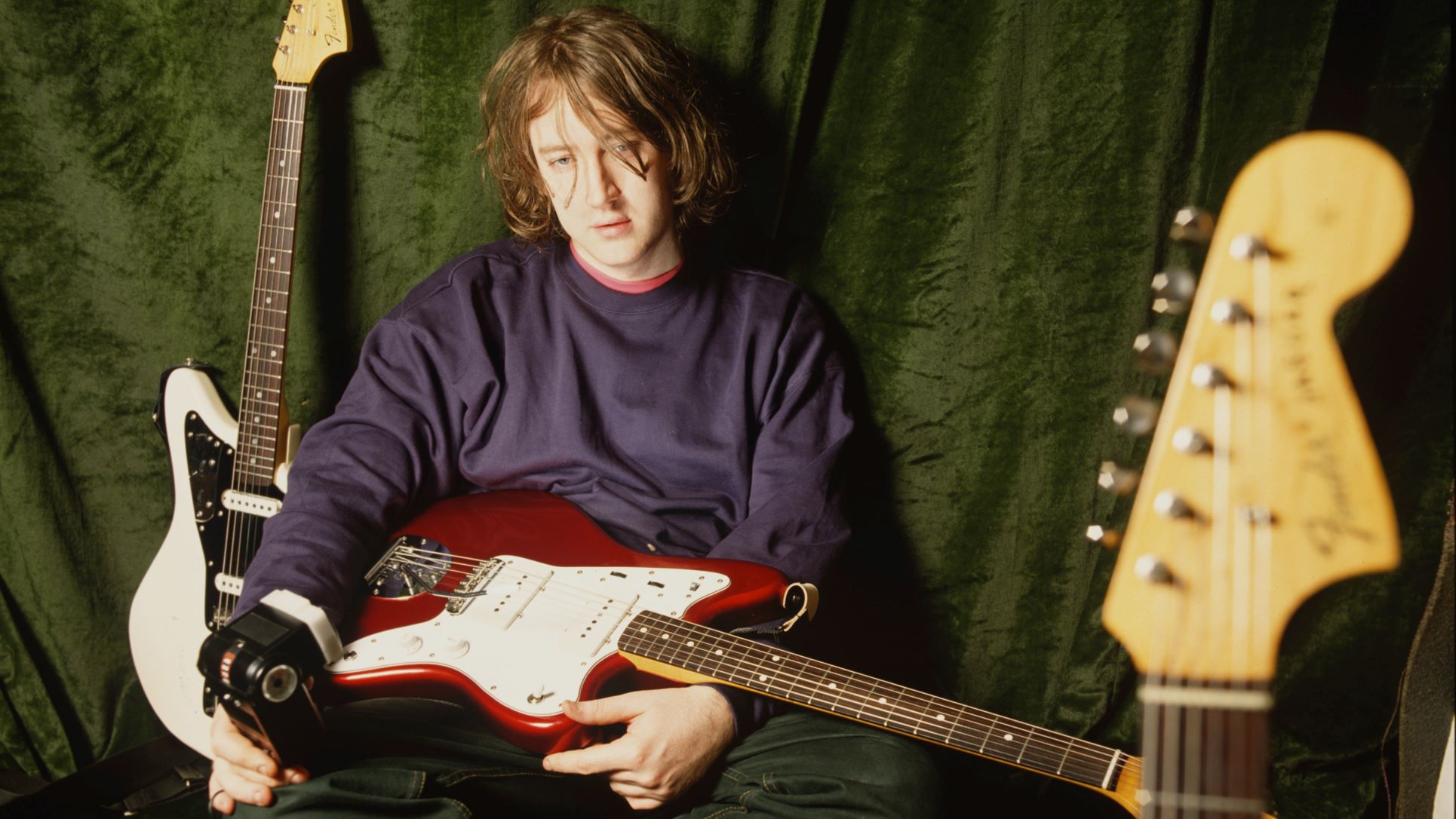Here’s Why Kevin Shields is a Cornerstone of Alternative Rock Guitar
Synonymous with the Fender Jazzmaster the My Bloody Valentine guitarist created his own sound.

Where other guitarists have bags of technique, Kevin Shields has originality. As the leader of My Bloody Valentine, he led the group through a pair of albums – 1988’s Isn’t Anything and 1991’s Loveless – that remain alt-rock cornerstones and ground zero for shoegaze.
But it was on their 1990 EP, You Made Me Realise, that Shields found his secret weapon. Wielding a borrowed 1964 Fender Jazzmaster with a tremolo, he discovered he could use the device to make his notes warble and drop.
Applying backward reverb, he created waves of sound that made the whole production teeter woozily as if in a dreamscape.
The resulting “glide guitar” became his plaything. “It was like a new toy, really,” he says.
Shields influenced many other alt-rock mainstays, including Dinosaur Jr’s J Mascis and Smashing Pumpkins’ Billy Corgan, and went on to work with numerous acts, from Yo La Tengo to Patti Smith.
No less than Vernon Reid declared of him, “He achieved a wholeness and a unity. He created his own sound.” In doing so, he tremendously expanded guitar’s sonic palette for everyone else.
In this 2018 Fender film celebrating 60 years of the Jazzmaster, Shields’ love for the original Fender offset electric guitar is evident.
When asked how many Jazzmasters he owns, the American-born Irish guitarist replies, “Not a lot. Not millions… Ten, I think. Maybe eleven or 12. Probably 12. There’s more, but I’ve got lots of other ones. Made up ones, Japanese ones, copy ones. So maybe 25. But 12 good ones…
“I need them. I need more.”
We hear you, Kevin!
Browse My Bloody Valentine's catalog here.
Get The Pick Newsletter
All the latest guitar news, interviews, lessons, reviews, deals and more, direct to your inbox!
Guitar Player is the world’s most comprehensive, trusted and insightful guitar publication for passionate guitarists and active musicians of all ages. Guitar Player magazine is published 13 times a year in print and digital formats. The magazine was established in 1967 and is the world's oldest guitar magazine. When "Guitar Player Staff" is credited as the author, it's usually because more than one author on the team has created the story.
"Why can't we have more Django Reinhardts going, 'F*** everybody. I'll turn up when I feel like turning up'?" Happy birthday to Ritchie Blackmore. The guitar legend looks back on his career in an interview from our December 1996 issue
"Get off the stage!" The time Carlos Santana picked a fight with Kiss bassist Gene Simmons and caused one of the guitar world's strangest feuds









